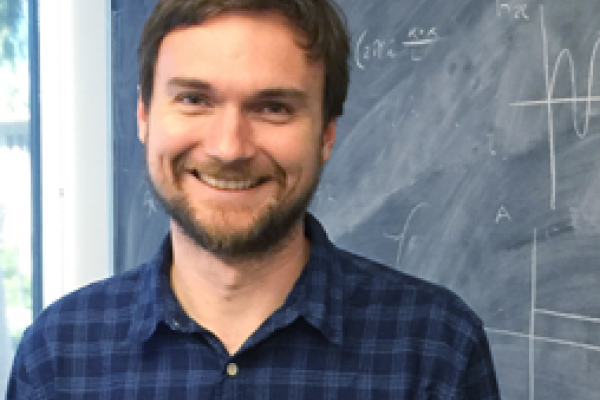
Although it has been studied for many decades, the mechanism driving core-collapse supernova explosions (CCSNe) is still uncertain. The delayed neutrino mechanism, in combination with multi-dimensional fluid instabilities, seems to be the most promising mechanism driving garden variety CCSNe. I will first discuss our current understanding of the explosion mechanism and present three-dimensional, relativistic, radiation hydrodynamics models of these events. After a successful, neutrino driven CCSN, a protoneutron star is often left behind as a remnant. This hot, extended young neutron star cools and contracts over a period of tens of seconds emitting a copious number of neutrinos. The spectrum and time dependence of this neutrino emission encodes information about the properties of dense matter, sets the initial conditions for neutrino oscillations, and can alter nucleosynthesis in the supernova. In the second part of the talk, I will present models of protoneutron star cooling and discuss prospects for detection of these neutrinos from a nearby supernova. Finally, I will also talk about how microphysics, including neutrino opacities and the nuclear equation of state, impacts protoneutron star cooling and nucleosynthesis.
